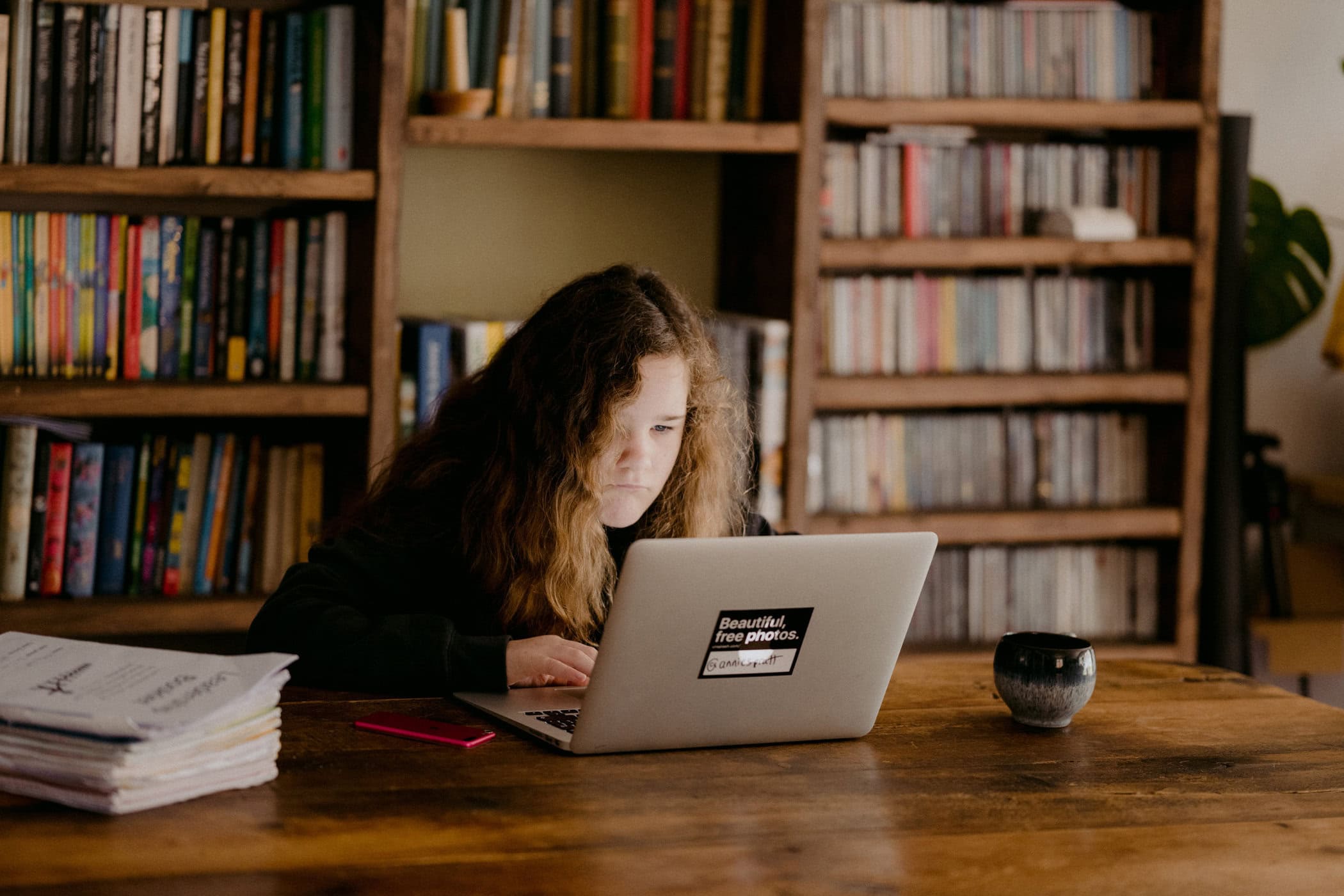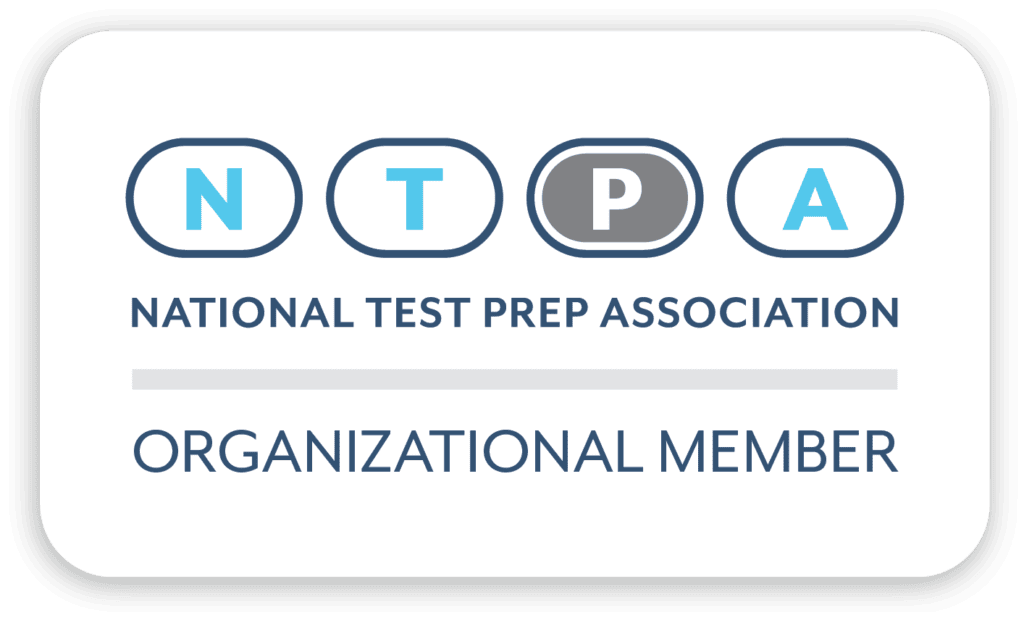Sometimes we simply have to get things done. Between the steady drumbeat of homework assignments, the intermittent crescendo of quizzes and tests, and the ever-present undercurrent of long term projects, it is imperative that, as a student, you learn to manage your work time well. When you develop effective study skills and turn them into habits, you’ll see the dual benefit of improving your academic performance while also creating more time and space for yourself to pursue other interests or to simply relax.
It is important to remember that you and your learning style are unique and you may follow a different path than your peers to developing productive work habits, but there are three essential components to any productive work session: your setting, your tools, and your plan. In this post we’ll share some of the best tips we’ve learned by working with thousands of students to help them become more effective and successful in their academic pursuits.
1. Your Setting
It matters where you study. Select a location that is comfortable and minimizes distractions. Many students like to do their work in their room, which is fine, though you should avoid working from bed for the sake of both improving productivity and maintaining a healthy separation between work and rest.
If you like to play video games, you should avoid doing schoolwork in the same place that you’re gaming. Creating separate physical spaces for work and for play establishes healthy boundaries. Of course, this is not always possible, especially if you use the same device for gaming and for school work. In this case, we just have to be a little bit creative to establish separate work and play modes. Try creating a separate login that is used exclusively for schoolwork. Use a different background and keep the desktop tidy. It’s important to hold the line here: distractions shouldn’t creep into your workspace just as schoolwork shouldn’t enter your playspace.
When you have a big project to focus on, try studying somewhere different, like a library or a coffee shop. Sometimes studying in a new place can help us think about things in a new way, and you may find yourself better able to get really immersed in the work when you are not surrounded by familiar distractions or reminders of other tasks.
TL;DR: Pick a place that is comfortable but also practical. Designate separate spaces for work and for play. Study someplace new when working on a big project.
2. Your Tools
Before you settle in, make sure you have all of the tools you’ll need. Calculator? Textbook? Computer charger? Take a moment to take stock of what you will need so that you don’t have to keep getting up to go fetch items. This includes snacks and beverages – fuel for you is just as important as power for your laptop.
These days, the main challenge we have is that the tools we use to do our work are often the very same tools that are the greatest sources of distraction. When we can complete an assignment on our computer or phone, we are constantly tempted by all of the other things we could be doing with these devices. So how can we manage this temptation?
First, turn off notifications. This is good guidance for life in general, but especially when we’re trying to get work done. When our phone or computer is constantly pinging us with notifications, it ceases to be a tool that helps us to be more effective and instead it becomes a source of constant distraction and anxiety. When you turn off notifications, you take control of your devices and ensure that you are making a constant choice to access each information you need.
Secondly, put your phone face-down on the desk. In doing so, you are making a conscious decision to ignore it. You might check it periodically, but make sure that you are doing so on your terms, not because you thought you saw the screen light up out of the corner of your eye.
Lastly, use an application that blocks the websites that are most distracting to you. There are many options to choose from, including Freedom, Self-Control, and BlockSite. You might even find that simply the process of identifying the websites that are most distracting to you helps you to better manage your time and attention.
TL;DR: Make sure you have everything you need. Proactively eliminate distractions.
3. Your Plan
So you’ve settled down in a comfortable workspace, you have all of your tools ready, you’ve blocked distracting websites, and you’re primed for a productive work session. What now?
For a lot of people, knowing where to start is the hardest part, especially when we have a lot of different tasks on our list. We need a way to make the leap from having a long to-do list to having a plan for completing it. Here are three tried and true exercises to help you get started:
- The 2-2-2. With this approach you’ll develop a plan for your work in just 6 minutes. There are three simple steps:
- set a timer for 2 minutes and spend this time doing a short mindfulness meditation
- set your timer for another 2 minutes and use this time to write down all of the things that you need to do
- set your timer for a final 2 minutes and use this time to put your to-dos in order
Voilá! You now have a clear, sequenced list of what you need to do, so you can simply start with item one and start getting things done.
- The Eisenhower Matrix. This tool, named for the United States President and General Dwight D Eisenhower, helps us to make sense of our responsibilities in order to prioritize what is truly important. An Eisenhower matrix looks like this.

Take a few minutes (3 is a good starting point) and write down your to-dos and assign them to quadrants. This exercise forces you to consider what is truly important at this moment so that you can focus your attention there and spend less time trying to decide what to do.
- Color-Coding. If you are preparing to study for a test or a quiz, your first step needs to be determining what you most need to work on. Go through your review guide, notes, past tests, and/or homework assignments and mark the content green if you feel very confident about it, yellow if you remember it but need to review some, and red if you do not feel at all confident about it. Now your priorities are clear: start with the red, then move to yellow, and lastly green. Remember to circle back to topics to make sure that you hold on to new information.
TL;DR: Before you begin, take the time to determine what you are going to do and the order in which you are going to do it.
As with any skill, developing effective work habits takes time, and it won’t always go smoothly. Remember to take breaks when you start to feel frustrated or overwhelmed, and consider trying a new approach when you return to your work. Meaningful progress is possible so long as we don’t expect ourselves to be perfect right out of the gate.






